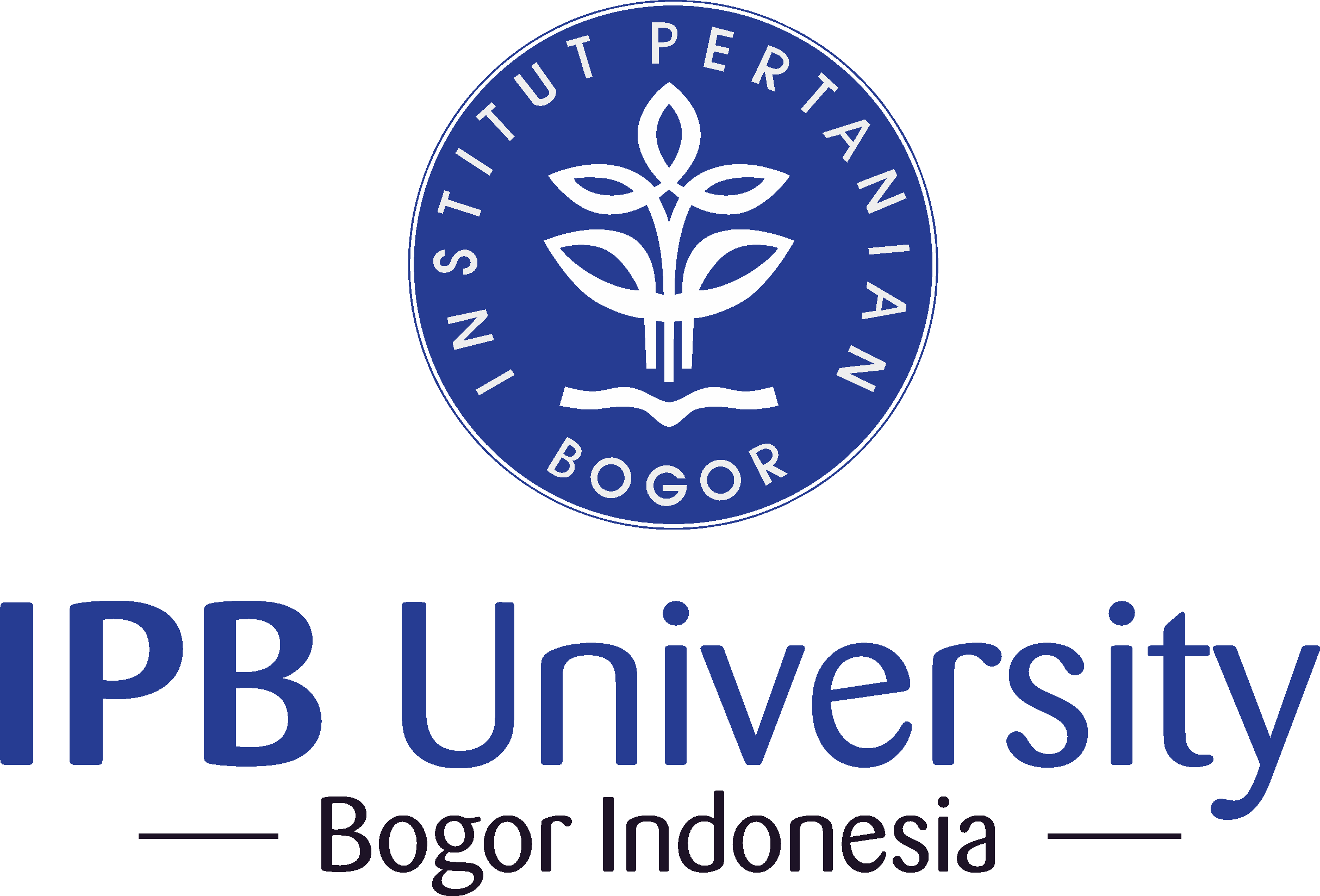Effectiveness of Biolarvicides of Imperata cylindrica, Saccharum spotaneum and Andropogon aciculatus on Aedes aegypti larval Mortality and Egg-laying Ability in Adults
Abstract
Vector-borne disease such as Dengue Hemorrghagic (DHF), transmitted by Aedes aegypti and Aedes albopictus, remain a significant public health concern in Indonesia. Controlling these disease often involves insectides; however, the negative impact of chemical insecticides have prompted interest in organic alternatives derived from plants. Certain weeds, including cogon grass (Imperata cylindrica), wild sugarcane (Saccharum spontaneoum), and needle grass (Andropogon aciculatus), have shown potential as botanical insecticides. Research findings showed that weed root extracts significantly affect larval mortality rate of Ae. Aegypti. At 1000 ppm, larval mortality was significantly higher compared to 100 ppm and the control, while treatments of 1 ppm and 10 ppm showed similar results to the control. Probit analysis revealed that I. cylindrica root extract achieved an LC50 of 974.99 ppm within 24 hours, indicating it could kill 50% of Ae. Aegypti larvae. Within 48 hours, the LC50 dropped to 889.20 ppm. Toxicity tests further revealed significant differences in Ae. Aegypti egg-laying abilities when treated with extracts. Analysis of variance yielded p-values of 0.000 for egg hatching within 72 and 96 hours, highlighting significant differences across samples. These findings suggest the extracts influence mosquito reproduction, warranting further studies to assess the quality of egg hatched from larvae exposed to these treatments. The potential of botanical insecticides derived from weeds represents a promising step toward sustainable mosquito control in the fight against vector-borne diseases.
Downloads
Copyright (c) 2025 Heru Listiono, Nurhayati Damiri, Totong Kamaluddin, Chandra Irsan, Supli Effendi Rahim

This work is licensed under a Creative Commons Attribution-NonCommercial 4.0 International License.
HAYATI J Biosci is an open access journal and the article's license is CC-BY-NC. This license lets others distribute, remix, tweak, and build upon author's work, as long as they credit the original creation. Authors retain copyright and grant the journal/publisher non exclusive publishing rights with the work simultaneously licensed under a https://creativecommons.org/

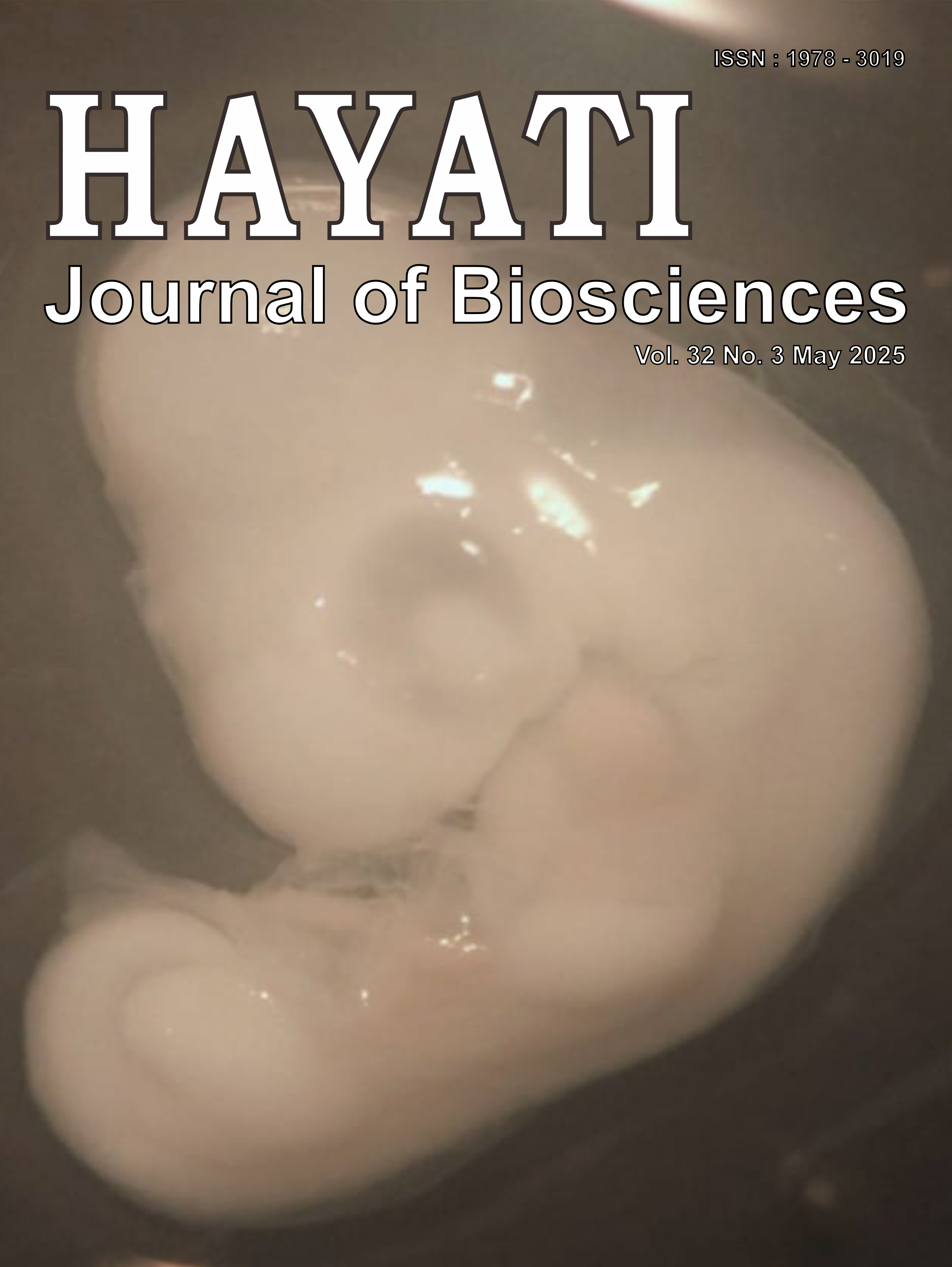








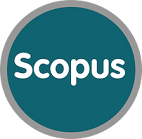
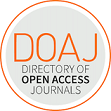




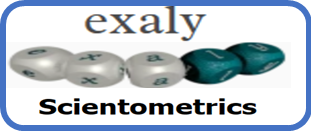




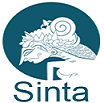



.png) IPB University
IPB University Department of Biology
Department of Biology The Indonesian Biological Society
The Indonesian Biological Society 